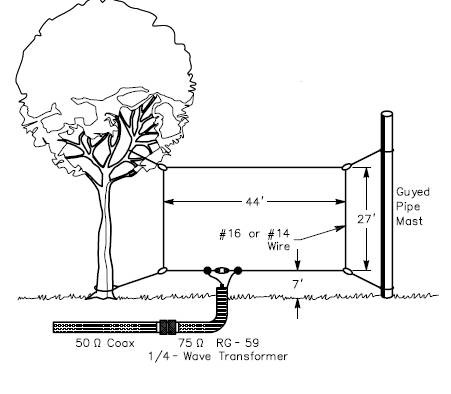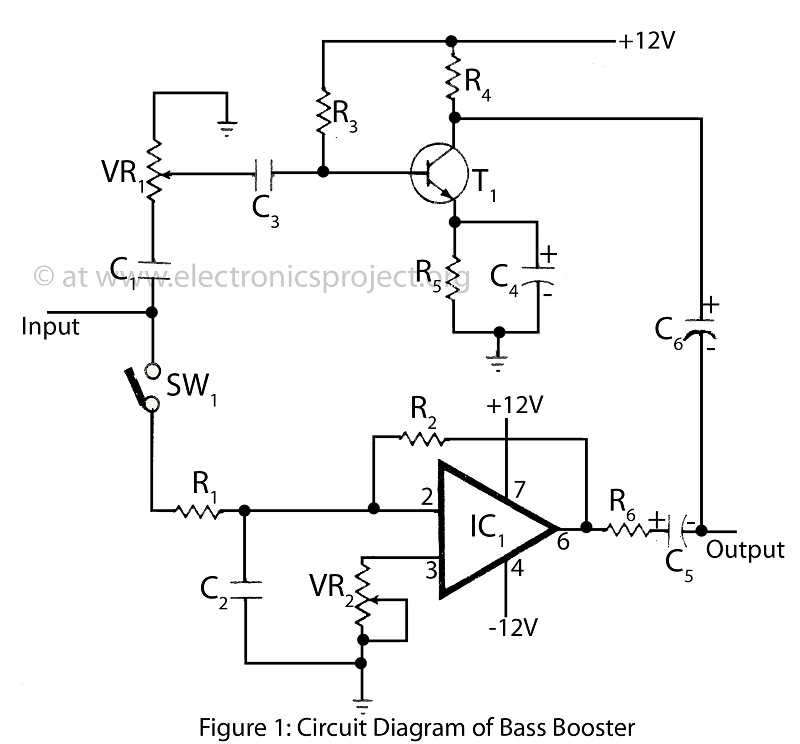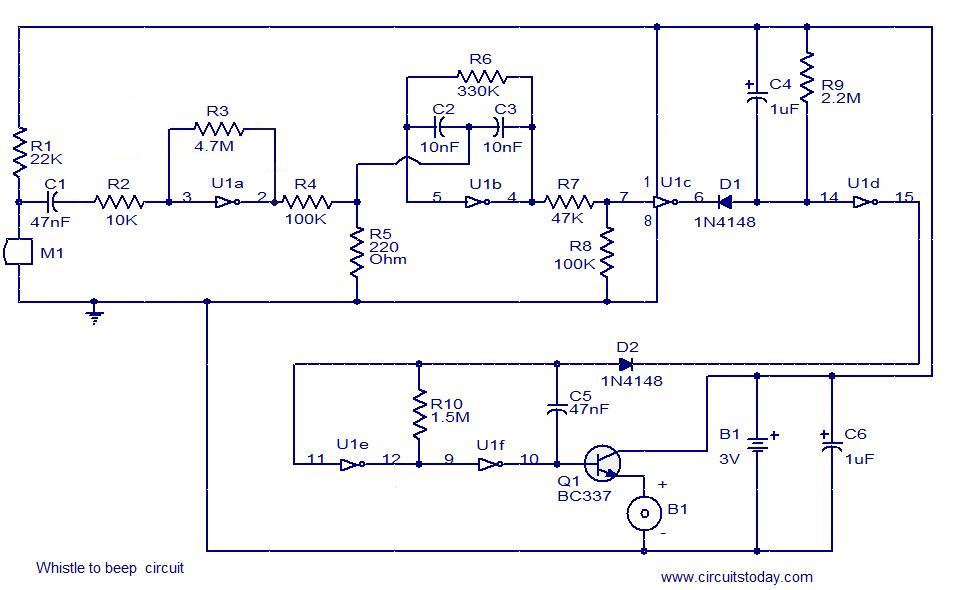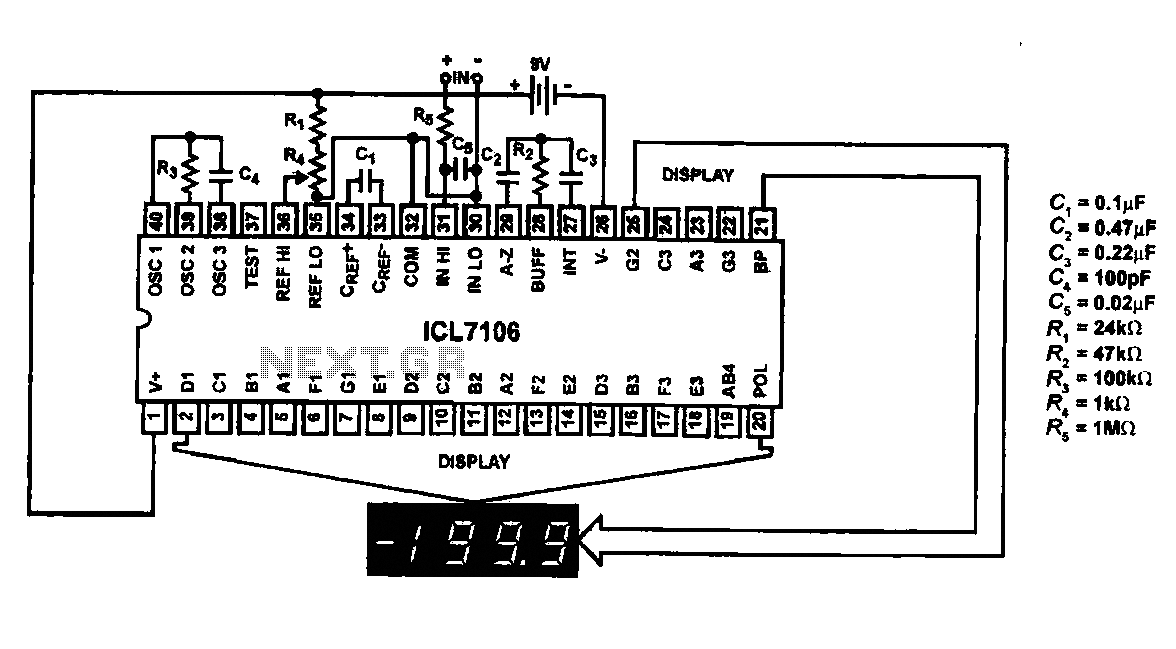
Dual-Band Loop Antenna For 80-160 M Circuit
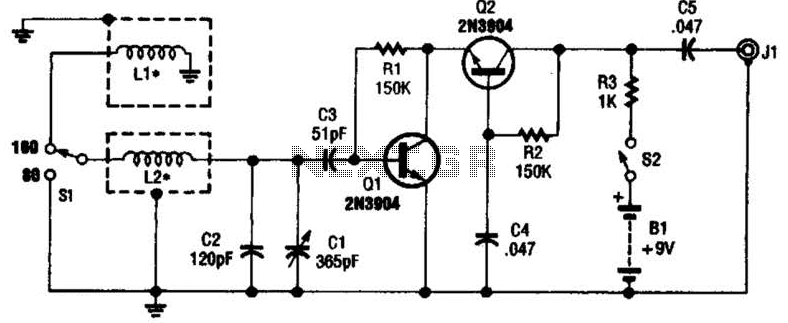
This antenna may assist in minimizing power-line noise. It consists of a plastic hula hoop or conduit with a diameter of 3 feet, which is covered with aluminum foil to serve as a shield for LI and L2. LI consists of two turns, while L2 has one turn, both threaded through the loop. SI is used to select between 160-meter or 80-meter operation. Q1 and Q2 comprise a preamplifier for the loop antenna. It is important to note that this antenna is designed solely for receiving and should not be used for transmission.
The described antenna system utilizes a conductive loop to enhance reception capabilities while mitigating interference from power-line noise. The loop, constructed from a plastic hula hoop or similar conduit, serves as a resonant structure that captures radio frequency signals effectively. The use of aluminum foil as a shield not only provides a conductive surface for signal enhancement but also helps to block unwanted electromagnetic interference.
The configuration of the inductors LI and L2 is critical for tuning the antenna to the desired frequency range. LI, with two turns, and L2, with one turn, create a resonant circuit that can be adjusted to optimize performance for either the 160-meter or 80-meter amateur radio bands, selectable via the switch SI. This capability allows users to adapt the antenna to different operating conditions and frequency requirements.
The preamplifier stage, consisting of Q1 and Q2, is an essential component of the system. This transistor-based amplifier boosts the weak signals received by the loop antenna, enhancing overall sensitivity and improving the quality of the received audio. The design must ensure that the preamplifier operates within the frequency range of interest while minimizing noise introduced by the amplifier itself.
Given the antenna's design for receiving only, it is imperative to adhere to operational guidelines that prevent transmission, thereby ensuring compliance with amateur radio regulations. The loop antenna, when properly constructed and utilized, can significantly improve reception quality in environments plagued by electrical noise, making it a valuable tool for radio enthusiasts and operators. This antenna might help to reduce power-line noise. A plastic hula hoop or conduit 3 feet in diameter, covered with aluminum foil as a shield is used for LI and L2. LI is two turns and L2 is one turn, threaded through the loop. SI selects 160- or 80-m operation. Ql and Q2 form a preamplifier for the loop antenna. Do not transmit with this antennait is for receiving only.
The described antenna system utilizes a conductive loop to enhance reception capabilities while mitigating interference from power-line noise. The loop, constructed from a plastic hula hoop or similar conduit, serves as a resonant structure that captures radio frequency signals effectively. The use of aluminum foil as a shield not only provides a conductive surface for signal enhancement but also helps to block unwanted electromagnetic interference.
The configuration of the inductors LI and L2 is critical for tuning the antenna to the desired frequency range. LI, with two turns, and L2, with one turn, create a resonant circuit that can be adjusted to optimize performance for either the 160-meter or 80-meter amateur radio bands, selectable via the switch SI. This capability allows users to adapt the antenna to different operating conditions and frequency requirements.
The preamplifier stage, consisting of Q1 and Q2, is an essential component of the system. This transistor-based amplifier boosts the weak signals received by the loop antenna, enhancing overall sensitivity and improving the quality of the received audio. The design must ensure that the preamplifier operates within the frequency range of interest while minimizing noise introduced by the amplifier itself.
Given the antenna's design for receiving only, it is imperative to adhere to operational guidelines that prevent transmission, thereby ensuring compliance with amateur radio regulations. The loop antenna, when properly constructed and utilized, can significantly improve reception quality in environments plagued by electrical noise, making it a valuable tool for radio enthusiasts and operators. This antenna might help to reduce power-line noise. A plastic hula hoop or conduit 3 feet in diameter, covered with aluminum foil as a shield is used for LI and L2. LI is two turns and L2 is one turn, threaded through the loop. SI selects 160- or 80-m operation. Ql and Q2 form a preamplifier for the loop antenna. Do not transmit with this antennait is for receiving only.

